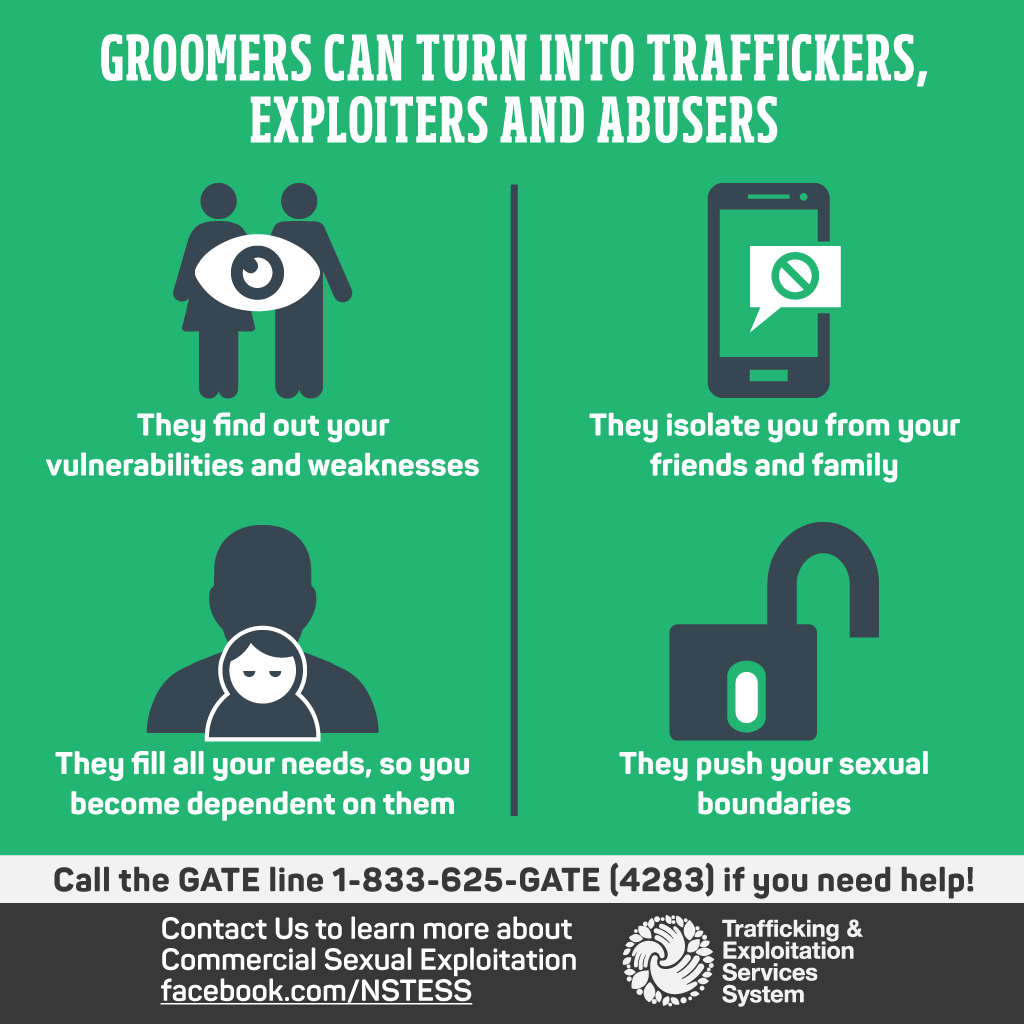A new website has been launched in Nova Scotia, with the goal of helping people spot the warning signs of human trafficking, and to offer a place to reach out for help.

The Trafficking and Exploitation Services System (TESS) is a partnership of more than 70 agencies in the province, including YWCA Halifax, advocacy groups, the provincial government and police.
The new site is the culmination of years of community work, dedicated to preventing sexual exploitation and supporting survivors.
Teaira Cain, TESS co-ordinator with YWCA Halifax, said trafficking and exploitation is more common than people think.
“I think Nova Scotians would be surprised to know that it is prevalent, and they would be really surprised to know that it happens all over Nova Scotia and not just in the city or in rural areas,” said Cain.
“And it does affect African Nova Scotian, Indigenous and LGBTQ people more.”

A Statistics Canada report released in 2021, which looked at data from 2019, showed that Halifax had the highest incident rate in the country.

Get daily National news
“At a rate of 5.3 incidents per 100,000 population, Nova Scotia had the highest rate of police-reported human trafficking incidents in Canada that year and the highest rate reported by the province since 2009,” the report noted.
This points to how important it is for Nova Scotians to be aware of the issue, said Cain.
“If it was a service provider or a parent, I would definitely send them to our website and tell them to look at the things that are most concerning to them. So if they’re interested in red flags and what they look like, then we have a special section for that,” she said.
“We also have a lot of training modules, so if somebody would like to be more versed on what human trafficking is and how to go about it when they’re dealing with the situation.”
Red flags that a youth is being groomed, according to TESS, could include a new adult in a youth’s life, frequent trips out of town, unexplained gifts and evidence of physical violence or abuse.
To further educate people about the signs and prevalence of human trafficking, Cain said TESS has been working with the Department of Education to include the topic in the school curriculum.
“So that teachers are able to talk to the kids about it more, so that they know exactly (…) what it looks like or how to not be a victim of it at such a young age,” she said.
In addition to preventative education, the website also offers support for survivors who are looking for resources.
“The TESS website directory is critical for victims of human trafficking,” said Stephanie Gloade, who work with Stepping Stones Outreach and is an Indigenous Peer Support Worker with the Elizabeth Fry Society, in a news release.
“Taking a survivor-informed perspective allows them to navigate the system without feeling alone.”
Cain said it is hoped that all of these efforts will make a real difference among youth in the province.
“The goal is that children and youth are more educated on this topic so that when they are being lured (…) they can know the signs and that they can be able to go for help and not be ashamed to reach out to their family members and tell them what is actually happening to them,” she said.
“My hope is that it will help them not be taken into the sex trade at such a young age and to live a full life as a child.”










Comments